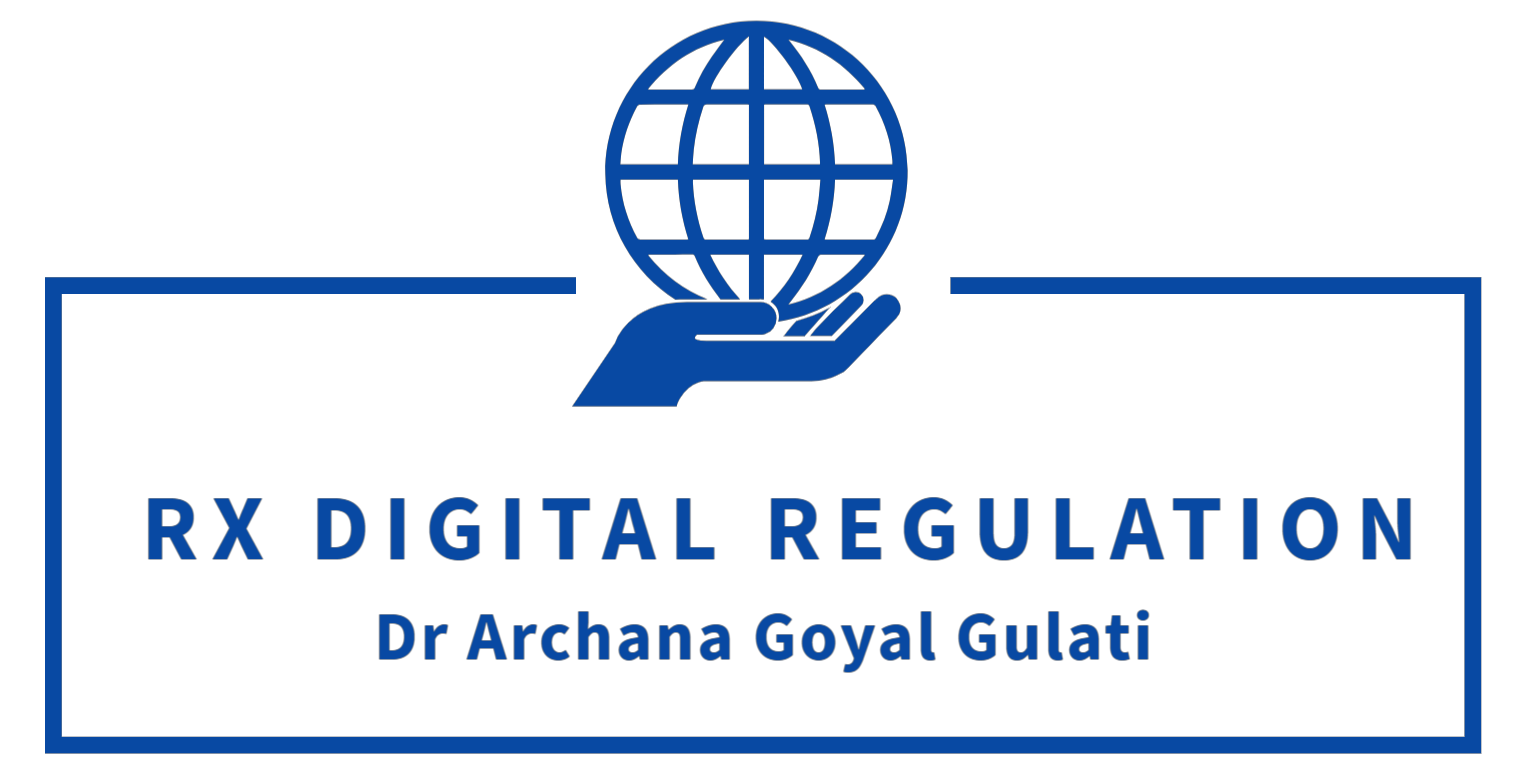
News for USOF India

Apart from its Scheme for its scheme for subsidised Mobile Phones and tablets, USOF India has been in the news lately on two counts.
This is first on account of the telecoms regulator’s (TRAI) recent recommendations on improving connectivity in the North Eastern states of India. It is reported that based on Department of Telecom’s request, TRAI has suggested inter alia that:
(i) A 2 per cent discount be provided in licence fee, charged annually, of those telecom operators who cover at least 80 per cent of the habitations with a population of 250 and subsidies for installation of solar power units at telecom towers.
(ii) Providing seamless connectivity across National Highways in the North East region covering Arunachal Pradesh, Assam, Manipur, Meghalaya, Mizoram, Nagaland, Sikkim and Tripura.
(iii) Providing subsidy from Universal Services Obligation fund for bandwidth charges through satellite connectivity.
Also [t]he regulator has asked state governments in North East to address issues raised by the telecom operators on priority so that they are encouraged to roll-out services faster, provide land, government building, power for mobile towers, single-window clearance system for all telecom related issues among others.
My comments are that this is a welcome initiative. However, I do not find merit in a roll out based discount. Past experience has shown that roll out is very difficult to establish conclusively. It also tends to encourage fraudulent coverage claims. I would prefer output based subsidy for clearly targeted interventions.
The second news item states that USOF has been asked by DoT for its views on viability gap funding required for achieving DoTs green telecom targets. It is reported that USOF, “is likely to advice the government based on findings of Indian Council for Research on International Economic Relations (ICRIER) on this issue.”
Also that,
“The telecom department plans to urge Asian Development Bank to extend long-term soft loans to India’s cash-strapped telecom sector which has been clamouring for viability gap funding (VGF) as a precondition to invest in capex-intensive green energy technologies mandated by the government. ….Discussions on incentivising green energy were triggered by DoT’s refusal to ease targets linked to renewable energy deployment for running towers sites. The green policy requires telcos to migrate 50% of all cell towers in rural areas and 20% in urban areas to hybrid power by 2015. By 2020, operators will need to run 75% and 33% of cell towers in rural and urban zones, respectively, on hybrid supplies. Hybrid power has been defined as a mix of grid supplies and renewable energy based on solar, wind, biomass or fuel cells.”
USOF has previously encouraged use of solar and solar-wind hybrid renewable energy in its subsidised mobile infrastructure project but the scheme remained in pilot phase. It also liaised with the Ministry of New and renewable Energy in this regard. There is a DoT report on this subject titled “Hybrid Wind/Solar Power for Rural Telephony- Green Solution to Power Problems”

